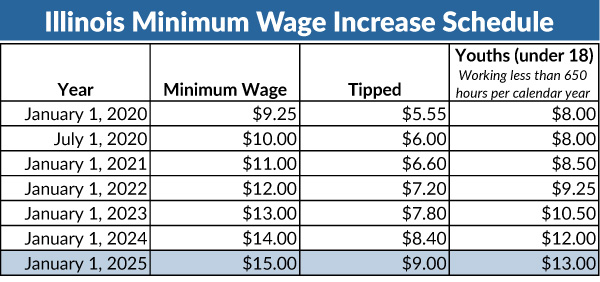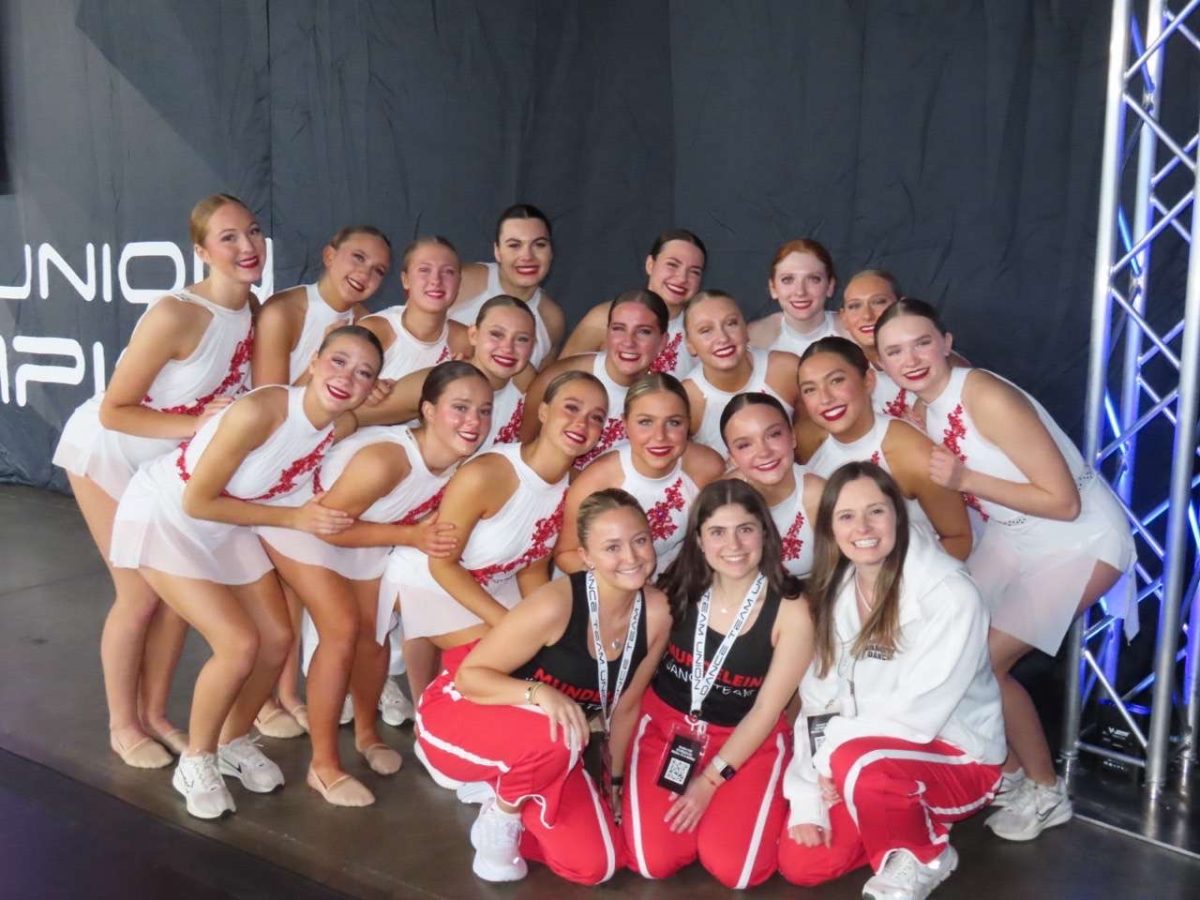MHS students have jokingly considered water main break days as Mundelein’s new holiday because at least once a year, the school suffers water main breaks that force the school to shut down for the day.
To understand why the school continues to have water main breaks, it is crucial to understand the basics behind the school’s piping system.
A water main break is caused by a hole or leak in a pipe that results in water coming to the surface. The root causes of a water main break are the quality and age of the pipes and the pressure that is being put on them.
According to the Utility Superintendent for Mundelein, Paul Cacioppo, pipes “generally break from the age of the pipe. Most older pipes are steel or ductile Iron. As it ages it weakens over time. Also bolts that hold flanges together tend to rust and break.”
Director of Facilities at MHS, Kevin Quinn added, “Piping has a lifespan, like a lot of other things. When we talk about things we have to reference that no construction material will last forever. There’s been significant changes in materials and methodologies of construction since 1959, when the school was constructed.”
Throughout the years, MHS employed various kinds of piping, the first of which was cast iron piping. “In the mid 1940s, [they used] cast iron piping,” said Quinn. Then, when iron materials were scarce, people turned to using sand cast piping. However, sand cast piping only ensured a 50 year warranty.
Today, Mundelein’s piping system is made up of a mix of both sand cast piping and cast iron piping along with a few, newer plastic pipes or PVC piping. Even though every material has its own lifespan, PVC piping has proven to last the longest.
Even with durable material, pipes can not last forever. Quinn explained how when pipes are underground, they undergo more distress. For example, the freezing and thawing cycles as well as infrastructure can cause an imbalance of pressure on the system. The effects of the freezing and thawing cycles explain why the past two water main breaks have occurred during mid winter.
Once a pipe bursts or leaks, maintenance repairs it with a higher quality pipe like PVC piping or copper piping. Maintenance can also repair the damaged part of the pipe by using a repair sleeve, a piece of metal that will cover up the hole. MHS has used these methods for the past two water main breaks. However, these “solutions” include repairing parts of the pipe system instead of the whole system itself. It is like placing a band-aid over a broken arm instead of fixing the arm. And with old pipes, a water main break is inevitable and bound to occur.
“[The construction inside] school buildings have a lifespan between 50 and 70 years. We’re 65 years old for this building,” said Quinn, “with 65 years, you’re asking a lot of materials to go past [their capable lifespan].”
Even if replacing the piping is the only thing capable of preventing a water main break, it is not an easy task to do. Replacing a singular pipe will not solve the problem, workers would have to dig eight feet into the ground and completely redesign the whole piping system–-and it’s not exactly cheap to do.
“Most likely if the pipe was replaced, the breaks would stop. Pipe replacement is roughly $360. Per foot,” Cacioppo said.
In order to pay for these repairs, schools receive funding from various sources including property taxes for that area. Quinn added how schools can also use referendums to generate financial support.
The Board of Education proposed a referendum last Spring that included allocating funds for infrastructure needs along with a renovated auditorium and a new field house. However, the referendum did not pass. Even if the community votes against the referendum again, Quinn says that the infrastructure repairs “still have to be done.”
In order to pass the referendum and replace the piping, Quinn said, “The community has to view [the school] as a community asset. They need to protect the community asset no different than if they had a garage on their house that went into disrepair or if they didn’t address a roof issue,” he added, “you would anticipate that your project would fall down and not be usable. You would say as a conscientious person, ‘I better figure out how I won’t take a vacation next year. I’m gonna go do this or I won’t do that.’ You have to allocate funds differently.”
“If the Referendum doesn’t pass, the Board of Education has to make a determination of where we can reallocate funds to in order to address these significant needs,” said Quinn. Ultimately, it is up to the Board of Education to decide how to allocate these funds for infrastructure such as piping.
Without the referendum and the replacement of the 65-year-old-pipes, another water main break is bound to occur.
Quinn said, “I would anticipate another one. We all should anticipate another one happening. 100%.”
While students may enjoy the day off that the water main break provides them with, a water main break is a sign of a school that is struggling to survive. It only takes one water main break to completely flood a classroom–would the water main break still be celebrated even if it stopped school for more than a day?

